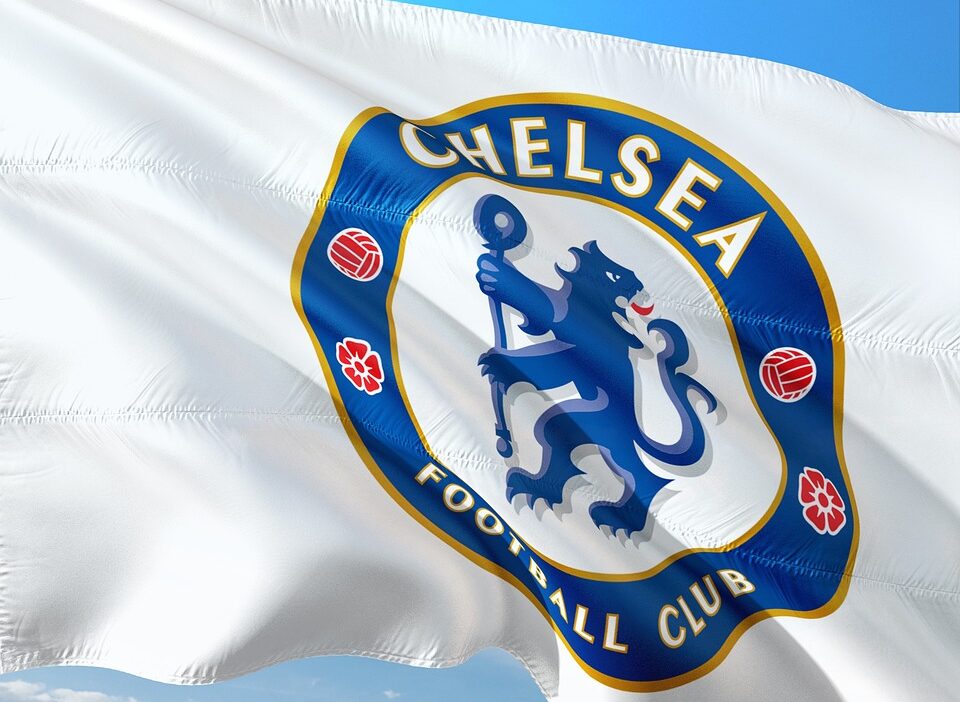Rocket League, a high-octane blend of soccer and vehicular mayhem, has taken the gaming world by storm since its release in 2015. But the journey from concept to a cultural phenomenon wasn’t without its challenges and triumphs. In this article, we delve into the behind-the-scenes development of Rocket League, exploring the creativity, innovation, and determination that brought this iconic game to life.
Inception: The Seeds of an Idea
The roots of Rocket League can be traced back to its predecessor, Supersonic Acrobatic Rocket-Powered Battle-Cars (2008). Developed by Psyonix, this quirky title featured similar gameplay but struggled to gain mainstream traction. However, it laid the groundwork for Rocket League by testing the waters of vehicle-based gameplay.
The idea evolved when Psyonix’s team realized the potential for a more polished, accessible version of the concept. They aimed to refine the mechanics, enhance graphics, and create a more significant competitive atmosphere around the game. The vision was clear: a fun and engaging multiplayer experience that could appeal to both casual and hardcore gamers.
Developing the Gameplay Mechanics
Creating a well-balanced game is a complex endeavor, and Rocket League was no exception. The development team spent countless hours fine-tuning the gameplay mechanics, ensuring that the physics of the cars and the dynamics of ball control were both realistic and fun. They wanted players to feel the thrill of aerodynamics also intertwined with skillful ball control.
The introduction of aerial dynamics was revolutionary; players could not only drive but also launch their vehicles into the air to strike the ball. This required extensive testing to balance playability with an exhilarating challenge. Early playtests revealed that while many players enjoyed the aerial mechanics, mastering them presented a steep learning curve, prompting the team to implement tutorials and practice modes.
Art and Design: Building an Engaging World
Visually, Rocket League needed to stand out in a crowded market. The team decided on a vibrant, cartoonish art style that complemented the game’s fast-paced chaos. Each arena was crafted to offer distinct visual elements, embodying themes ranging from urban environments to futuristic landscapes.
The customization options also became a crucial focus for the art team. Players could personalize their cars with an array of decals, paint jobs, and accessories. This not only fostered individual expression but also enhanced the game’s community aspects, inviting players to showcase their creativity.
Music and Sound Design: Setting the Atmosphere
The soundscape of Rocket League plays a significant role in its appeal. The music, which features an upbeat blend of electro, rock, and vibes, complements the energetic gameplay. Psyonix curated a soundtrack that resonates well with players and enhances the overall experience.
Sound effects were also finely tuned to enhance immersion. The roar of engines, the thud of the ball hitting the car, and the cheer of the audience were all crafted to create an energetic atmosphere, drawing players further into the vibrant world of Rocket League.
The Launch: From Indie to Icon
Rocket League was officially released on July 7, 2015. Initial reception was overwhelmingly positive, with critics praising its addictive gameplay and satisfying mechanics. It quickly gained a loyal player base, and Psyonix capitalized on this momentum by providing regular updates, introducing new cars, game modes, and seasonal events.
The game’s success allowed Psyonix to forge partnerships with various franchises, leading to collaborations with popular media such as Fast & Furious, Batman, and Superman. These crossovers not only kept content fresh but also expanded the game’s reach and appeal to broader audiences.
Building a Community: E-sports and Beyond
As Rocket League evolved, so did its community. The game’s competitive scene blossomed, culminating in the establishment of the Rocket League Championship Series (RLCS). These tournaments attracted thousands of viewers, transforming Rocket League into a staple of the e-sports ecosystem and providing opportunities for amateur players to shine on a global stage.
Psyonix actively engaged with the community, listening to player feedback and adjusting gameplay balance based on the competitive landscape. This dedication to community involvement has fostered a culture of collaboration and growth.
Conclusion: The Legacy of Rocket League
Today, Rocket League stands as a testament to what a passionate development team can achieve. From its humble beginnings as a niche title to a globally recognized phenomenon, Rocket League has not only succeeded in creating an exhilarating gaming experience but has also built a vibrant community and competitive scene.
As Psyonix continues to evolve Rocket League, one thing remains clear: the spirit of innovation, creativity, and community will continue to fuel its journey—a journey that started behind the scenes and transformed into an unforgettable gaming experience.


